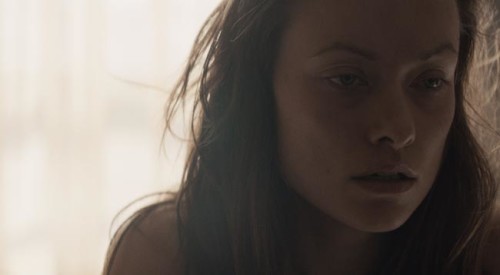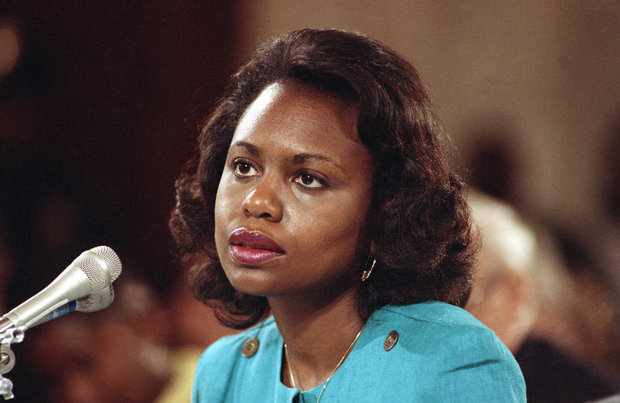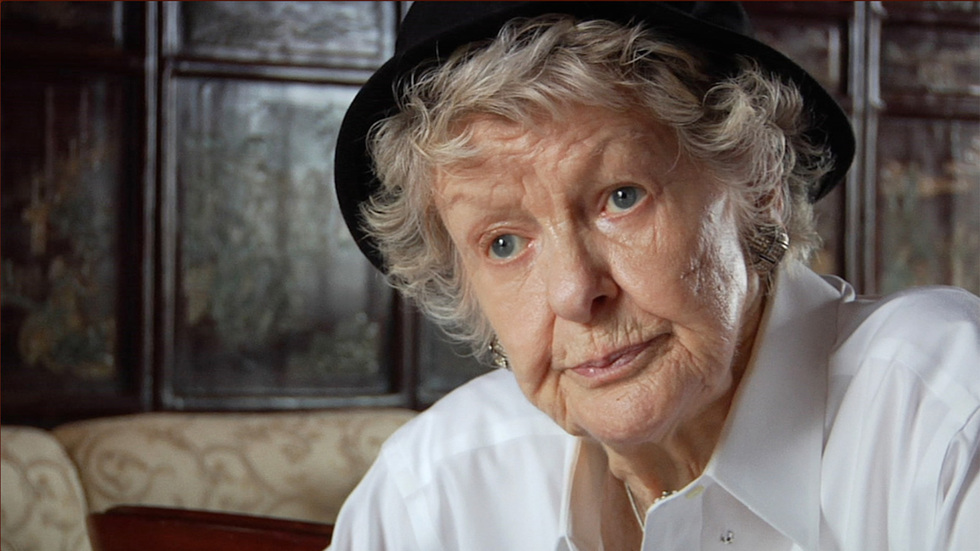Written by Rachael Johnson.
The documentary 1971 (2014) tells the gripping story of a group of peace activists who broke into an FBI office in Media, Pennsylvania on March 8, 1971. They called themselves the Citizens’ Commission to Investigate the FBI and their aim was to expose abusive, anti-dissent practices by the Bureau. The activists found what they wanted and were never caught. Making off with a trove of office files, they uncovered an immense and illegal government surveillance program of domestic political groups. One of the stolen documents referred to the now notorious COINTELPRO, a political surveillance program that targeted Black, left-wing, Puerto Rican, and women’s rights organizations as well as the anti-Vietnam war movement. Overseen by FBI head, J. Edgar Hoover, it was both unlawful and un-American as it violated First Amendment rights. The group anonymously dispatched photocopies of the damning evidence to national newspapers. The Washington Post published the story and the FBI was later investigated by Congress.
Directed by Johanna Hamilton, 1971 mixes present-day interviews with members of the group who have broken their silence with footage from the period, photographic stills, documents, and dramatic recreations of the event. Interesting and diverse in terms of personality, age, and background, the group included a married couple with three young children, Bonnie and John Raines; anti-war activist and physics professor, Bill Davidon (the leader of the group); and two younger men, cab driver (and lock-picker) Keith Forsyth and social worker Bob Williamson. The interviews give us a clear sense of what motivated and united them. Keith, still visibly moved decades after, explains that it was his revulsion at the Jackson State shootings that drove him to more “confrontational” political action. “I was done talking,” he says. John speaks eloquently of how surveillance, agent infiltration, and the engineering of paranoia and fear impair both political debate and the morale of activists. “It shrinks the discourse, it shrinks the possibility of resistance,” he observes. It was Bill’s intention to expose the FBI’s anti-dissent aims and practices.
Although very much a committed activist, Bonnie recalls how she was, also, expected to perform a traditionally feminine, domestic role at meetings: “I felt a little bit like I was the den mother for the group…I was fixing meatballs and spaghetti but it was expected that I was going to play that role almost exclusively and I was not real happy about being a little bit marginalized in that kind of way.” It’s a telling reminder that chauvinist, patriarchal attitudes persisted even in progressive circles in the so–called sexually liberated early seventies. John, however, does seem very much a partner and recognizes that Bonnie’s determination to carry out the mission was greater than his. She, also, plays a key part in the break-in.
Bonnie and John are an interesting, admirable couple. Family life did not turn them insular and self-absorbed. They remained committed to caring about the world around them. John had been a freedom rider in the South and he explains how his experiences gave him an understanding of how power operates. John and Bonnie’s situation was, of course, unique. Both parents could have been locked away for a long time. They made plans for close relatives to look after the children if the worst happened but I suppose many would judge them irresponsible and selfish. Bonnie offers a very different take, one that speaks volumes about her resoluteness, level of engagement and selflessness: “We felt that just because we were parents didn’t mean that we could remove ourselves from responsibility, that that would have been kind of a cop-out. We decided that we weren’t going to be content when we continued to see things that really disturbed us.”
Hamilton’s dramatic recreations of the extraordinary event bring to life this real-life political thriller. They are evocative and quite nail-biting, a good deal less phony than most recreations. We follow the group’s preparations and witness the break-in itself, which took place during the night of the Madison Square Garden Ali-Frazier fight of March 8, 1971.
1971 conveys an understanding of the oppressive nature of the FBI’s power as well as an acute awareness of the nastiness of its methods. For many years, the Bureau dedicated itself to stifling freedom of thought and expression through the spread of fear and paranoia, invaded the private space of American citizens and destroyed personal lives. Their schemes were plain evil. The viewer is reminded of that anonymous letter send by the Bureau to Martin Luther King encouraging him to commit suicide.
1971’s depiction of one of the most politically fascinating eras in modern U.S. history is vibrant and characterful but it doesn’t romanticize its subjects. It doesn’t have to. The activists come across as principled, courageous people. Their transgressive act of daring exposed extraordinary abuses of state power. It is a troublesome truth for conservatives and historical amnesiacs but injustice is not always uncovered by strictly lawful means. Hamilton recognizes the story’s historical parallels with Snowden and Wikileaks (Laura Poitras, interestingly, is one of the film’s co-executive producers) as she underscores its importance in the history of American anti-surveillance activism. 1971 is an informative, exciting documentary that needs to be seen.
































